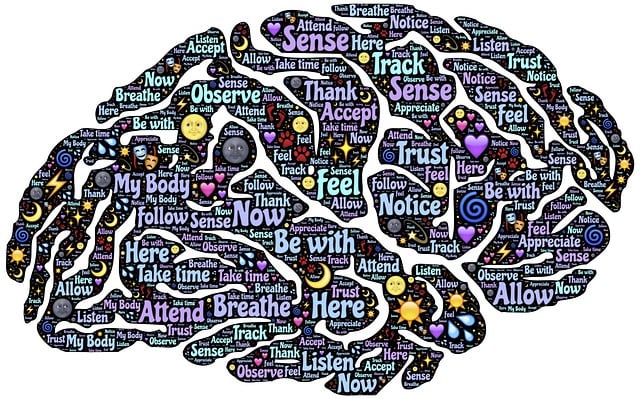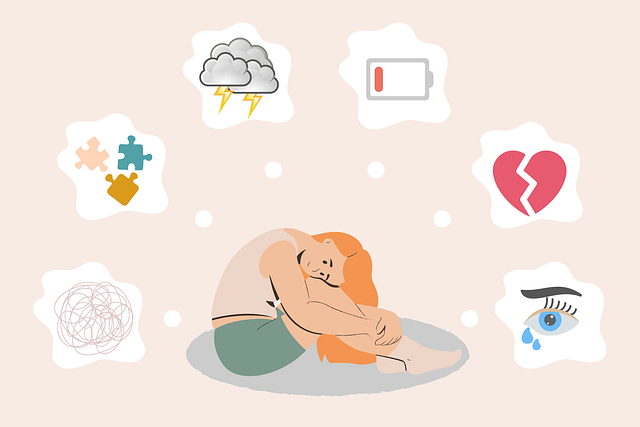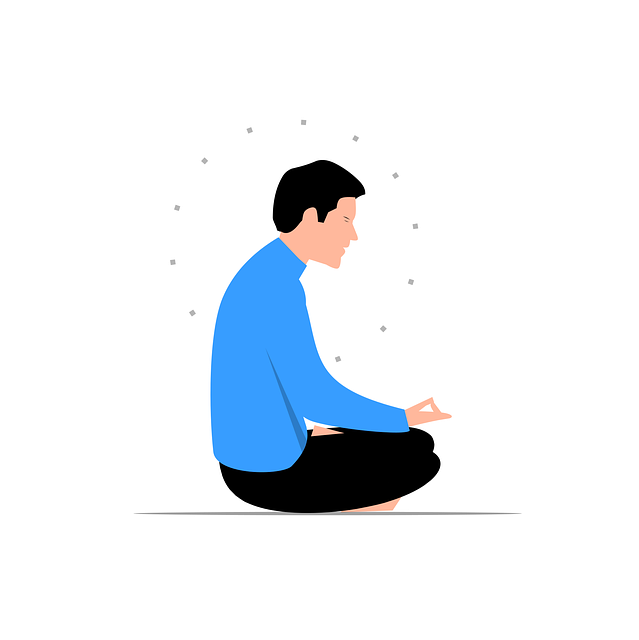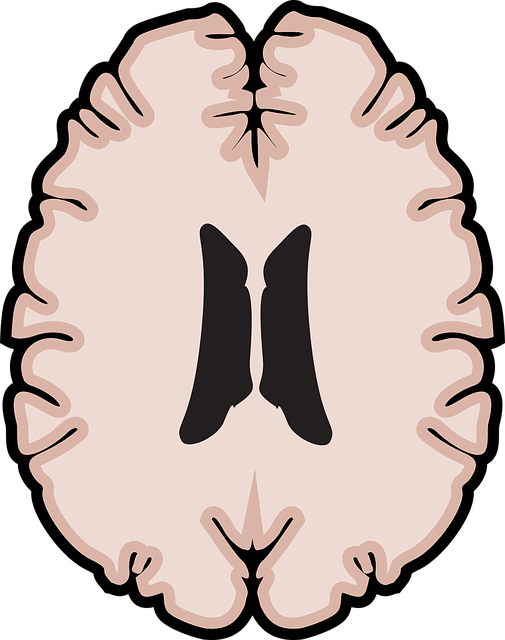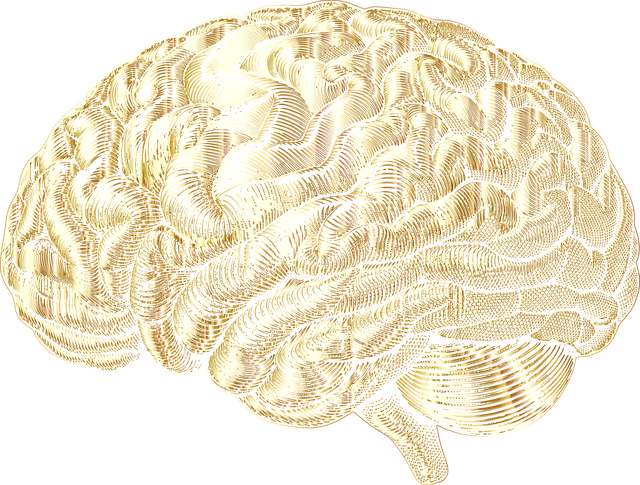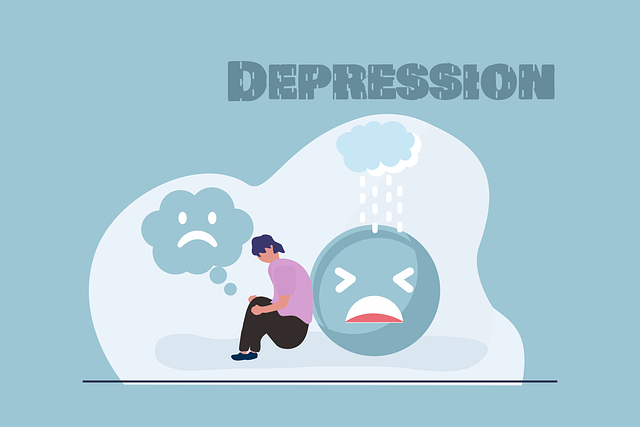Centennial EMDR Therapy offers a powerful, innovative path to healing deep-seated trauma and emotional distress through eye movement desensitization and reprocessing techniques. Evaluating its effectiveness requires a multi-faceted approach beyond satisfaction surveys, utilizing standardized tools like questionnaires, interviews, and observations to track symptom changes, cognitive function, quality of life, community engagement, social support networks, and cultural sensitivity in mental healthcare. Regular feedback loops from surveys, focus groups, and discussions allow therapists to refine techniques, ensuring the program adapts to best practices and research, ultimately enhancing its impact on individual mental wellness.
Mental wellness program evaluations are vital for measuring the effectiveness of interventions like Centennial EMDR Therapy. This article delves into assessment techniques, offering a comprehensive guide on evaluating treatment outcomes and fostering continuous improvement. We explore Centennial EMDR Therapy’s brief history and its unique approach before discussing key evaluation methods. Additionally, we analyze how feedback loops can drive future developments in mental wellness programs, ensuring optimal client outcomes.
- Understanding Centennial EMDR Therapy: A Brief Overview
- Assessment Techniques for Mental Wellness Programs
- Evaluating Treatment Effectiveness and Client Outcomes
- Continuous Improvement: Feedback Loops and Future Directions
Understanding Centennial EMDR Therapy: A Brief Overview

Assessment Techniques for Mental Wellness Programs

Assessment techniques play a pivotal role in evaluating the effectiveness of mental wellness programs, offering valuable insights into participants’ progress and areas for improvement. One innovative approach gaining traction is Centennial EMDR Therapy, which leverages eye movement desensitization and reprocessing to facilitate emotional healing and enhance mental well-being. By integrating this dynamic technique with traditional assessment methods, professionals can gain a comprehensive understanding of an individual’s psychological state.
Beyond Centennial EMDR, various tools are employed to gauge mental wellness, including self-report questionnaires designed to measure symptoms of anxiety, depression, and stress. Additionally, clinical interviews provide in-depth insights into participants’ experiences, while behavioral observations offer tangible evidence of improvements in social interactions and overall functioning. Encouraging positive thinking and building confidence are often interconnected goals within these programs, as fostering resilience against burnout becomes an integral part of the assessment process.
Evaluating Treatment Effectiveness and Client Outcomes

Evaluating the effectiveness of mental wellness programs is a multifaceted process that goes beyond mere satisfaction surveys. For instance, Centennial EMDR Therapy, a highly effective approach known for its ability to facilitate profound emotional healing, requires rigorous assessment tools to measure client outcomes. This involves tracking changes in symptoms, cognitive function, and overall quality of life before and after treatment. Standardized questionnaires, clinical interviews, and structured observations provide quantitative and qualitative data, offering a comprehensive view of the program’s impact.
Beyond individual improvement, examining the broader outcomes is crucial. This includes looking at how the program influences community engagement, social support networks, and cultural sensitivity in mental healthcare practice. Positive thinking and empathy building strategies, integral components of many therapeutic approaches, are assessed through client feedback and observational measures, ensuring that the program not only alleviates symptoms but also promotes long-lasting positive changes in mindset and interpersonal interactions.
Continuous Improvement: Feedback Loops and Future Directions

The evaluation process plays a pivotal role in the continuous improvement of mental wellness programs, fostering an environment conducive to growth and progress. One powerful method is incorporating feedback loops that allow for ongoing refinement. This involves actively seeking input from both participants and healthcare providers through various channels like surveys, focus groups, and one-on-one discussions. By integrating this feedback into program design, it becomes possible to adapt and enhance the approach, ensuring it remains effective and relevant over time.
Centennial EMDR Therapy, for instance, can benefit from such evaluation methods. This therapeutic technique emphasizes the importance of self-care routine development for better mental health. Regularly assessing participant experiences and outcomes enables therapists to refine their techniques and strategies, such as empathy building and cultural competency training for healthcare providers. This iterative process ensures that the program evolves with the latest research and best practices, ultimately enhancing its impact on individuals seeking support for their mental wellness journey.
The evaluation of mental wellness programs, particularly those incorporating innovative approaches like Centennial EMDR Therapy, is a dynamic process. By employing diverse assessment techniques, we can accurately measure treatment effectiveness and client outcomes. As highlighted in this article, continuous improvement through feedback loops is essential to optimize these programs. Integrating the power of Centennial EMDR Therapy into mental health practices holds great promise for enhancing therapeutic outcomes and revolutionizing care methodologies.
